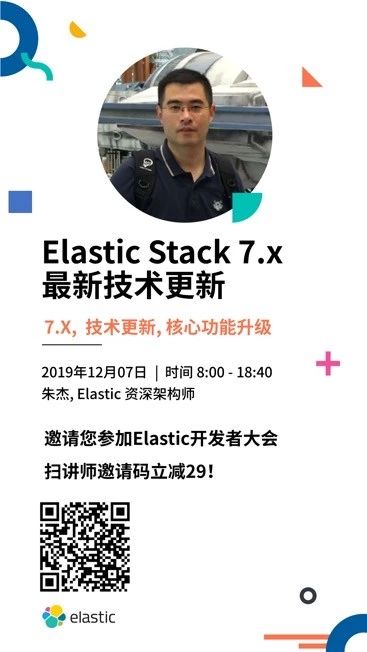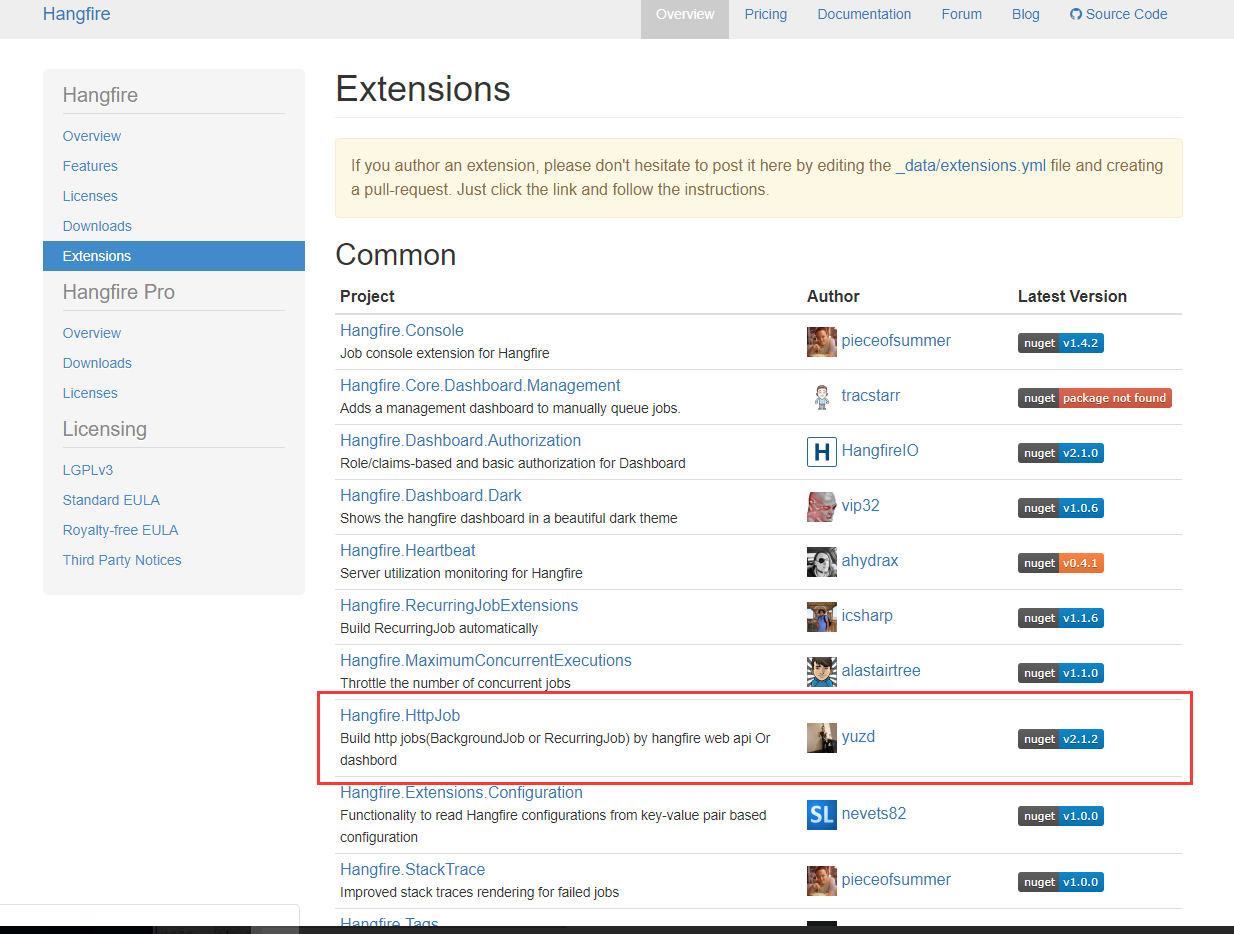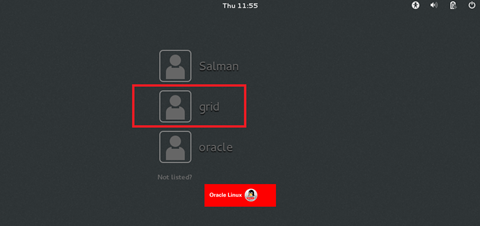I have pushed a view onto the navigation controller and when I press the back button it goes to the previous view automatically. I want to do a few things when back button is pressed before popping the view off the stack. Which is the back button callback function?
问题:
回答1:
William Jockusch's answer solve this problem with easy trick.
-(void) viewWillDisappear:(BOOL)animated {
if ([self.navigationController.viewControllers indexOfObject:self]==NSNotFound) {
// back button was pressed. We know this is true because self is no longer
// in the navigation stack.
}
[super viewWillDisappear:animated];
}
回答2:
In my opinion the best solution.
- (void)didMoveToParentViewController:(UIViewController *)parent
{
if (![parent isEqual:self.parentViewController]) {
NSLog(@"Back pressed");
}
}
But it only works with iOS5+
回答3:
it's probably better to override the backbutton so you can handle the event before the view is popped for things such as user confirmation.
in viewDidLoad create a UIBarButtonItem and set self.navigationItem.leftBarButtonItem to it passing in a sel
- (void) viewDidLoad
{
// change the back button to cancel and add an event handler
UIBarButtonItem *backButton = [[UIBarButtonItem alloc] initWithTitle:@”back”
style:UIBarButtonItemStyleBordered
target:self
action:@selector(handleBack:)];
self.navigationItem.leftBarButtonItem = backButton;
[backButton release];
}
- (void) handleBack:(id)sender
{
// pop to root view controller
[self.navigationController popToRootViewControllerAnimated:YES];
}
Then you can do things like raise an UIAlertView to confirm the action, then pop the view controller, etc.
Or instead of creating a new backbutton, you can conform to the UINavigationController delegate methods to do actions when the back button is pressed.
回答4:
I end up with this solutions. As we tap back button viewDidDisappear method called. we can check by calling isMovingFromParentViewController selector which return true. we can pass data back (Using Delegate).hope this help someone.
-(void)viewDidDisappear:(BOOL)animated{
if (self.isMovingToParentViewController) {
}
if (self.isMovingFromParentViewController) {
//moving back
//pass to viewCollection delegate and update UI
[self.delegateObject passBackSavedData:self.dataModel];
}
}
回答5:
For "BEFORE popping the view off the stack" :
- (void)willMoveToParentViewController:(UIViewController *)parent{
if (parent == nil){
NSLog(@"do whatever you want here");
}
}
回答6:
This is the correct way to detect this.
- (void)willMoveToParentViewController:(UIViewController *)parent{
if (parent == nil){
//do stuff
}
}
this method is called when view is pushed as well. So checking parent==nil is for popping view controller from stack
回答7:
There's a more appropriate way than asking the viewControllers. You can make your controller a delegate of the navigationBar that has the back button. Here's an example. In the implementation of the controller where you want to handle the press of the back button, tell it that it will implement the UINavigationBarDelegate protocol:
@interface MyViewController () <UINavigationBarDelegate>
Then somewhere in your initialization code (probably in viewDidLoad) make your controller the delegate of its navigation bar:
self.navigationController.navigationBar.delegate = self;
Finally, implement the shouldPopItem method. This method gets called right when the back button is pressed. If you have multiple controllers or navigation Items in the stack, you'll probably want to check which of those navigation items is getting popped (the item parameter), so that you only do your custom stuff when you expect to. Here's an example:
-(BOOL)navigationBar:(UINavigationBar *)navigationBar shouldPopItem:(UINavigationItem *)item
{
NSLog(@"Back button got pressed!");
//if you return NO, the back button press is cancelled
return YES;
}
回答8:
If you can't use "viewWillDisappear" or similar method, try to subclass UINavigationController. This is the header class:
#import <Foundation/Foundation.h>
@class MyViewController;
@interface CCNavigationController : UINavigationController
@property (nonatomic, strong) MyViewController *viewController;
@end
Implementation class:
#import "CCNavigationController.h"
#import "MyViewController.h"
@implementation CCNavigationController {
}
- (UIViewController *)popViewControllerAnimated:(BOOL)animated {
@"This is the moment for you to do whatever you want"
[self.viewController doCustomMethod];
return [super popViewControllerAnimated:animated];
}
@end
In the other hand, you need to link this viewController to your custom NavigationController, so, in your viewDidLoad method for your regular viewController do this:
@implementation MyViewController {
- (void)viewDidLoad
{
[super viewDidLoad];
((CCNavigationController*)self.navigationController).viewController = self;
}
}
回答9:
Here's another way I implemented (didn't test it with an unwind segue but it probably wouldn't differentiate, as others have stated in regards to other solutions on this page) to have the parent view controller perform actions before the child VC it pushed gets popped off the view stack (I used this a couple levels down from the original UINavigationController). This could also be used to perform actions before the childVC gets pushed, too. This has the added advantage of working with the iOS system back button, instead of having to create a custom UIBarButtonItem or UIButton.
Have your parent VC adopt the
UINavigationControllerDelegateprotocol and register for delegate messages:MyParentViewController : UIViewController <UINavigationControllerDelegate> -(void)viewDidLoad { self.navigationcontroller.delegate = self; }Implement this
UINavigationControllerDelegateinstance method inMyParentViewController:- (id<UIViewControllerAnimatedTransitioning>)navigationController:(UINavigationController *)navigationController animationControllerForOperation:(UINavigationControllerOperation)operation fromViewController:(UIViewController *)fromVC toViewController:(UIViewController *)toVC { // Test if operation is a pop; can also test for a push (i.e., do something before the ChildVC is pushed if (operation == UINavigationControllerOperationPop) { // Make sure it's the child class you're looking for if ([fromVC isKindOfClass:[ChildViewController class]]) { // Can handle logic here or send to another method; can also access all properties of child VC at this time return [self didPressBackButtonOnChildViewControllerVC:fromVC]; } } // If you don't want to specify a nav controller transition return nil; }If you specify a specific callback function in the above
UINavigationControllerDelegateinstance method-(id <UIViewControllerAnimatedTransitioning>)didPressBackButtonOnAddSearchRegionsVC:(UIViewController *)fromVC { ChildViewController *childVC = ChildViewController.new; childVC = (ChildViewController *)fromVC; // childVC.propertiesIWantToAccess go here // If you don't want to specify a nav controller transition return nil;}
回答10:
If you're using a Storyboard and you're coming from a push segue, you could also just override shouldPerformSegueWithIdentifier:sender:.
回答11:
This is what it works for me in Swift:
override func viewWillDisappear(_ animated: Bool) {
if self.navigationController?.viewControllers.index(of: self) == nil {
// back button pressed or back gesture performed
}
super.viewWillDisappear(animated)
}




